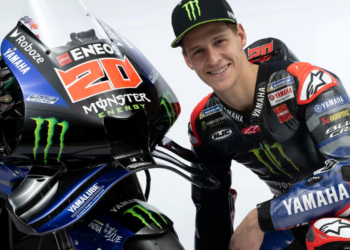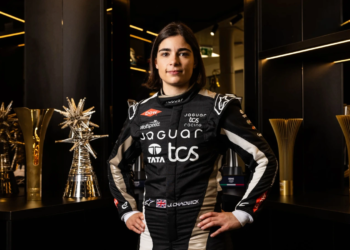Ferrari spent the first and second practice sessions in Canada busily analysing its latest developments in various combinations to find the best package for the high-speed Circuit Gilles Villeneuve.
Whilst their progress was slightly dampened by the wet track during both sessions, Fernando Alonso is confident Saturday’s practice will prove whether they’ve made any progress.
“We didn’t manage to complete our programme because the track was wet in the morning and so only tomorrow will we find out if the updates we tested here produce a real performance evolution,” he said. “It was very important that we tried them [today].”
Among the developments was a new front-wing. Ferrari ran two versions during FP1 and FP2. The first of which features a tapered winglet not connected to the endplate. It’s aimed at improving the air-flow to the seven-tier element wing behind. The second has been their ‘standard’ wing this season as used in Monaco and Spain.

Felipe Massa also tested a ‘pelican’ nose – so-called because the expanded underside resembles a pelican’s bill. The bulge is aimed at better controlling the air-flow underneath the car and is similar to the Force India nose. Alonso ran with the normal nose in FP1 and then switched to the ‘pelican’ in FP2.

Although their sidepod connected wings have been seen before, this is the first time Fernando Alonso has tried them out. It isn’t clear whether they will be used in the race though. Their aim is to condition any vortexes coming off the front-tyres, so the air-flow is more controlled and attaches to the sidepods better, therefore increasing the flow of air to the rear of the car and improving the efficiency of the Coanda-effect exhausts.







